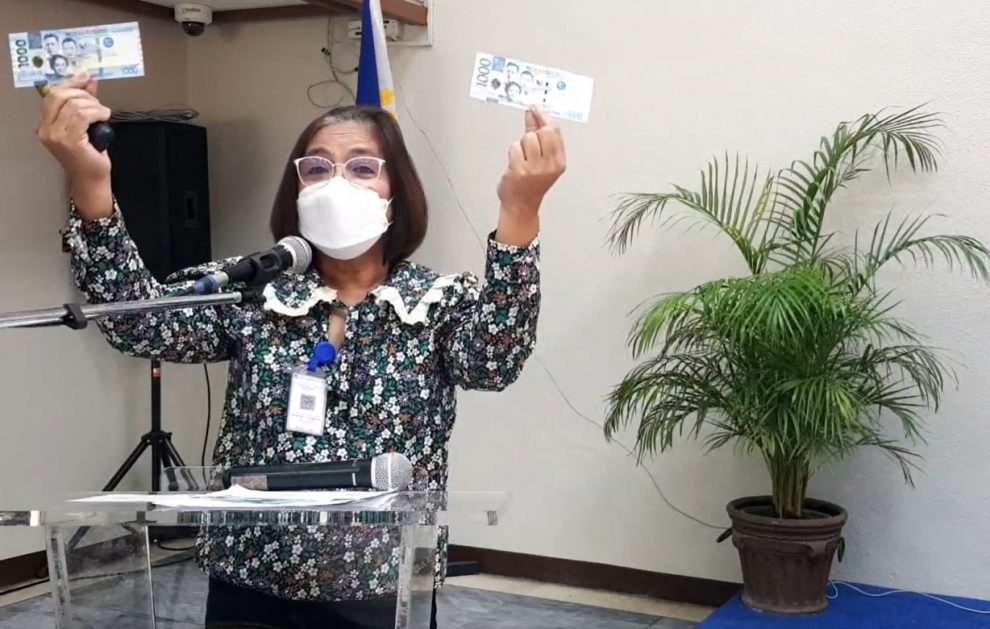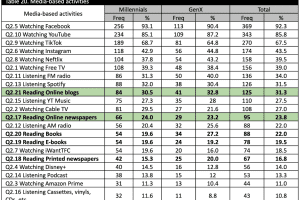MINERVA BC NEWMAN
CEBU CITY– The Bangko Sentral ng Pilipinas (BSP) has started to release 500M pieces of 1000-Piso polymer banknotes, in phases starting April 2022 up to June 2023 for public circulation co-existing with the paper banknotes.
BSP-Visayas Regional director Anna Clara Oville, in a media briefing Tuesday, July 5 said, this first phase release represented 31.9 percent of the estimated total volume of 1000-Piso banknotes in circulation in the country.
The first bulk delivery of 10M pieces of polymer banknotes was made available to banks in April 2022 which is equivalent to 0.7 percent of the estimated total volume of 1000-Piso banknotes in circulation. The delivery of the remaining 490M pieces of polymer banknotes will be from October 2022-June 2023, Orville said.
For Central Visayas, P850M worth of polymer banknotes are to be circulated or will be available by October 2022, she bared.
The 1000-Piso of polymer notes will initially be available through over-the-counter bank transactions and banks are already working on making these available through their respective ATMs, Orville added.
Orville said, the issuance of the 1000-Piso polymer banknotes is to improve the country’s design every 10 years in response to the evolving needs of the Filipinos and the availability of modern technologies which make the transition of polymer banknotes more urgent.
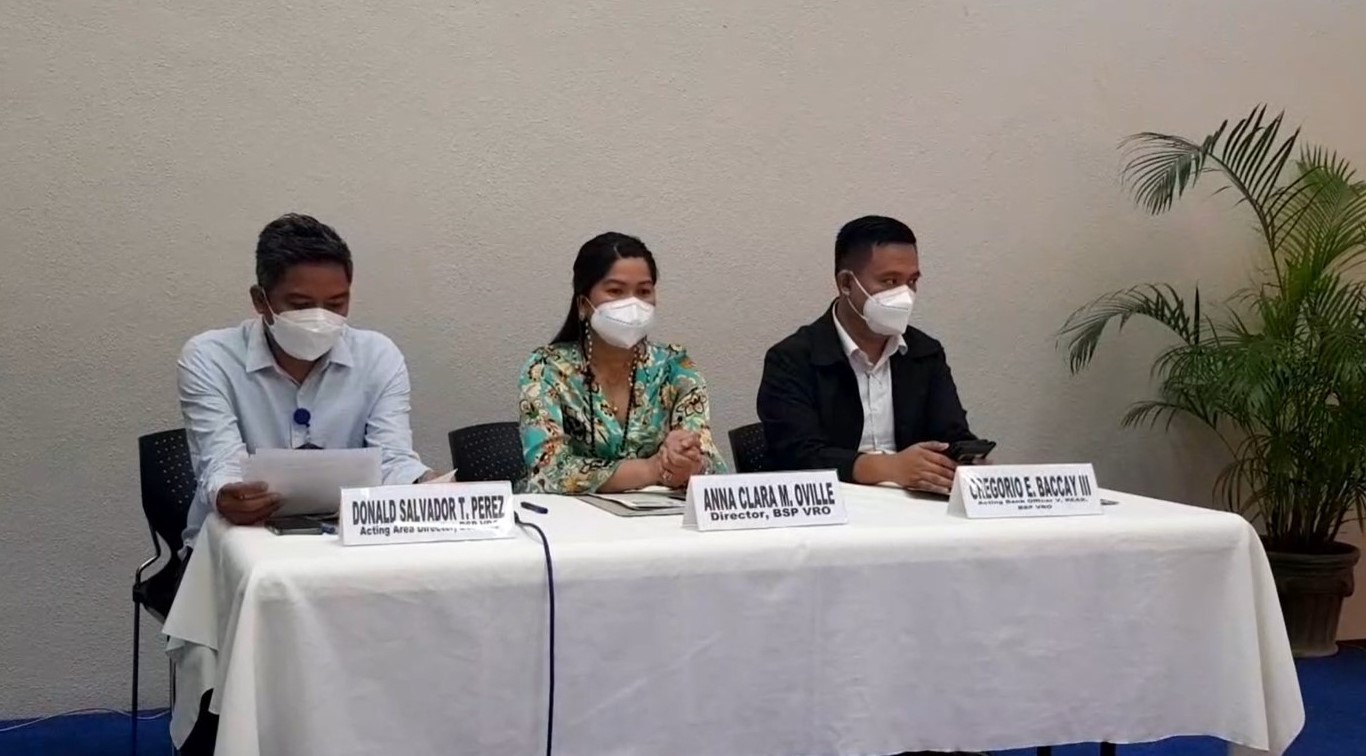
BSP-Visayas described polymer banknotes as smarter, cleaner and stronger. The polymer banknotes have more security features making it difficult for counterfeiters to produce fake 1000 notes.
Smarter, because polymer banknotes have smaller carbon footprint, lower water and energy use and less environmental toxicity. According to BSP, the longer lifespan of polymer banknotes reduces the environmental impact associated with the production of banknotes to replace those that become unfit from wear and tear.
“When deemed unfit, a polymer banknote can be recycled to produce various products such as building components, plant pots and garden furniture,” BSP briefer reads.
Polymer banknotes are also cleaner than paper banknotes because of their smoother and non-absorptive surfaces which are more resistant to water, oil and dirt. Scientific studies proved that viruses and bacteria survive for shorter periods on polymer than to paper banknotes.
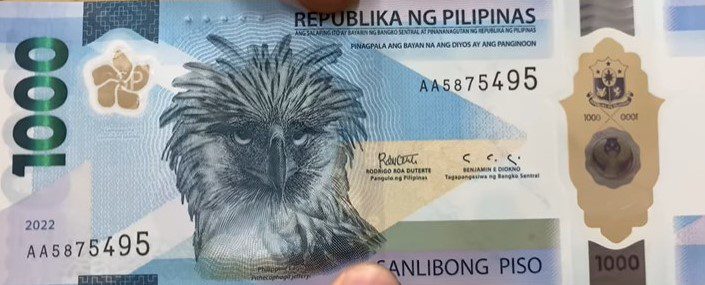
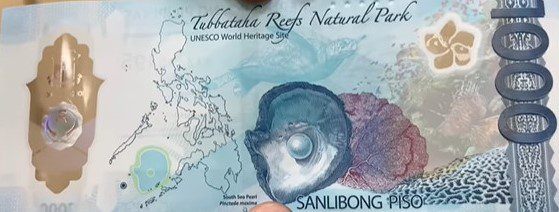
Stronger and more durable, these polymer notes hence, are more cost-effective than paper banknotes. Usability is much longer to last at least 2.5 to 5 times longer than paper banknotes. They can also withstand heat which makes them suitable for tropical countries like the Philippines.








